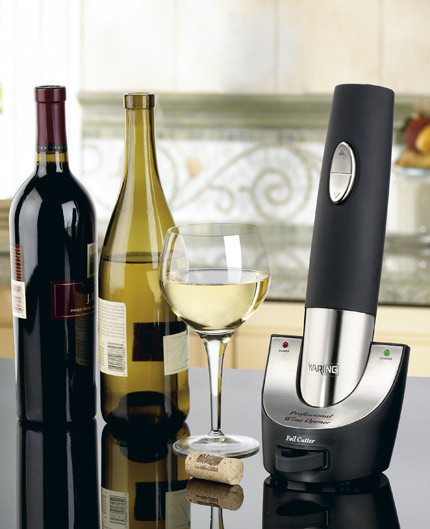|
flavourofwines.com |
'Flavour of wines |
|
| Home page | Articles | Wine Grapes - Varietals | Wine Tasting | Contact us |
|
|
|
|
What is the "Cold Crush" method used in harvest time?
Cold Crush is a method used to preserve the full flavours and richness of the grapes during hot August weather. Crushing and pressing of grapes at low temperatures results in grape juice known as "cold crush" in the winemaking process.
How should wine be aged, and are there differences in aging white and red wine? When wine is aged in the bottle the most important thing is to lay the bottles horizontally so that the cork always remains in contact with the wine and does not dry out. If the cork dries out it contracts and however tiny such contractions might be they may allow air (and therefore oxygen) to slip into the bottle and make contact with the wine with the undesired effect of oxidizing the wine. The bottles must also be kept away from contact with direct light and sudden temperature differences, both of which could affect the cork in a similar fashion. A temperature of 15 degrees Centigrade is the desired average ambient temperature, but in no instance should wine be stored at temperatures exceeding 25 degrees Centigrade for prolonged periods. It is also not wise to move about and/or shake the bottles during the aging period. There is no difference between red and white wine as far as storage conditions are concerned. Duration of storage, however, varies greatly from wine to wine.
What is the proper service temperature for wine? Usually white and rosé wines are served chilled and red wines are served at 18 - 20 C. Generally 8-10 C is the proper serving temperature for white dry wines, but some prefer to serve even colder considering that the glass will remain for some time on the table or in the hand which will increase the temperature. On the other hand, red wine should not be served warmer than 18 - 20 C (above 20 C the alcohol taste becomes more apparent and may tip the fine balance of the wine). Wine bottles should always be kept away from heated surfaces or radiators.
What difference can a wine glass make? A wine glass should not be filled to more than half its volume. This will enable you to swirl the glass slightly and allow the aromas of the wine to be released from the liquid - half filling the glass means wine will not be spilt while swirling. Ideally a wine glass should have a stem so the glass can be held without the hand's high temperature (36.7 C) coming into contact with the part holding the wine. The stem also makes it easier to swirl the wine and allow uninterrupted view of the wine's clarity and color during a 360-degree swirl. Globe-shaped glasses, narrowing at the top, enable a build up of aromas in the glass which cannot escape through the narrower rim before your nose has had chance to enjoy the bouquet. Therefore, the fuller bodied the wine, the larger the globed glass should be. This is why deep tannic reds of Bordeaux command very large glasses. Connoisseurs always prefer plain uncolored glass which is thin and likewise thinly rimmed. Thick glass or cut-glass decoration distorts visual inspection of the wine.
Is it necessary to "decant" wine? Red wines, especially if they are old or have potential for aging, should be "decanted" or in other words allowed to breathe for at least 30 minutes before drinking. Red wines have a lot more tannin than white wines. When the tannins come into contact with oxygen they are softened, allowing the wine's fruity character and bouquet to come to the fore. Wine carafes and decanters specially made for wine maximize the wine's contact with the air, so speeding up the decanting process.
|
|
|||||
|
flavourofwines.com. All Rights Reserved 2008 © Rank Media |

